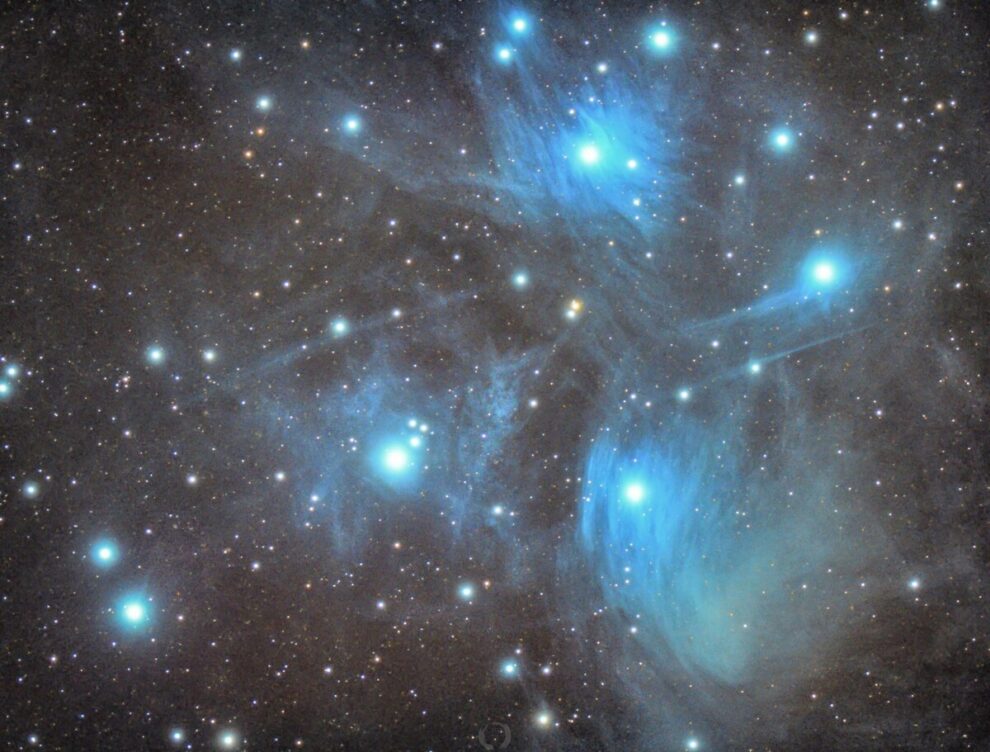Galileo, or by his real name Galileo Galilei was born on February 15, 1564, in Pisa, Italy. He died on January 8, 1642, in Arcetri, close to Florence, Italy. And these are only the basic facts about Galileo. Galilei was an Italian philosopher of Nature, mathematician, and astronomer who brought his fundamental contribution to astronomy, motion sciences, and material strength, discovering many facts unknown at his time. He came up with the formulation of circular inertia, the falling body’s law, and the law of parabolic trajectories. His studies gave him the boost he needed to study motion. And then, he reinvented natural sciences through mathematical laws, uncovering many facts we know now.
Some other interesting thing about Galileo is that he turned experimentation into a recognized method of discovering natural facts. While many Galileo Galilei facts remain obscure today, we know that he was born into a noble family. His great-grandfather was the Florentine Republic’s head in 1445. And he had five siblings, two of whom siblings died very young. Since there was no way to make ends meet from Art back then and in the existing circumstances, Galilei’s father started trading cloth for a living. And when Galileo’s father died, this young scientist had to take care not only of his mother but also of his two sisters and younger brother.
What did Galileo think of astronomy?
Galileo’s observations weren’t only about Nature and movement. In fact, Galileo’s contribution to Astronomy is notable. Some of the fun facts about Galileo are that he made observations about the Moon, Jupiter’s moons, phases of Venus, sunspots, and even the Milky Way Galaxy. And if you want to know more about the Galileo telescope facts, note that this scientist used a telescope to discover Jupiter’s moons. Even today, these moons are called Galilean moons. Their specific names are Europa, Callisto, and Ganymede. NASA’s mission to Jupiter in the ’90s was called Galileo to honour the work of the astronomer.
During Galilei’s time, a widely accepted ‘fact’ was that the Earth is located in the centre of our Solar system. However, Galilei noticed the Medicean stars that were clearly orbiting Jupiter. And as he continued to look at the sky and study other phenomena, he concluded that real facts might be different from what everyone believes. Another Galileo contribution to astronomy was the fact that the Moon is covered in craters. The Starry Messenger is one of Galilei’s first published books that presents his discoveries to the Medici family — tactics that worked well as the Medici soon became his patron.
What are some interesting facts about Galileo and his work?
According to Orbital Today, Galileo and the telescope discoveries that he made are the most important. Galileo’s trinkets and tools designed for observation were a breakthrough for his time, which is a hard fact. This astronomer took telescopes and other space observation tools wherever he was going to observe natural facts. Galileo had not only a telescope but also a microscope, engineering compass, microscope, and thermoscope. These instruments helped him make the most important discoveries as a scientist-engineer, astronomer, and mathematician and supply today’s science with many important hard facts. When championing the Copernican heliocentrism that says the Earth rotates daily and revolves around the Sun, Galileo met opposition from the Catholic Church. His theories were called absurd, heretical, and foolish because they contradicted the facts of the Holy Scripture.
Curiously. Galilei was very serious about becoming a priest when young, but his father didn’t agree with him and enrolled him at the University of Pisa to study medicine. Here, he paid a lot of attention to the lectures of Francesco Buonamici and Girolamo Borro. While studying, he took notice of a swinging chandelier that was shifted by air currents and was swinging in larger and then smaller arcs. This was when Galileo compared these movements to his heartbeat. Coming back home, he used two pendulums of the same length, swinging one at a larger sweep and the other at a small sweep. This way, Galileo discovered that these two were keeping time together and became passionate about motion facts.
What was Galileo’s greatest contribution to astronomy?
Galileo didn’t only prove the fact that the Earth is not the centre of our Solar System. He also unveiled the fact that Venus has phases and that this planet doesn’t orbit the Earth. However, his greatest contribution to astronomy remains his Copernican work on heliocentrism. And Galileo didn’t stop only at Copernicus, as he also referenced Kepler’s work. When hearing what Galileo said about his work, Kepler urged the astronomer to move someplace else as Kepler was worried about his safety. But we know for a fact Galileo didn’t listen to this advice.
Modern readers today might find his work’s purpose confusing, for Galileo had an old science writing style and didn’t use any evidence in his procedures. Many people back in the day called his theories insane and never accepted Galilei’s unveiled facts. However, Galilei’s work was later recognized, and many astronomy or space theories today still refer to facts this scientist uncovered. And that is a huge achievement for someone born over five centuries ago.
